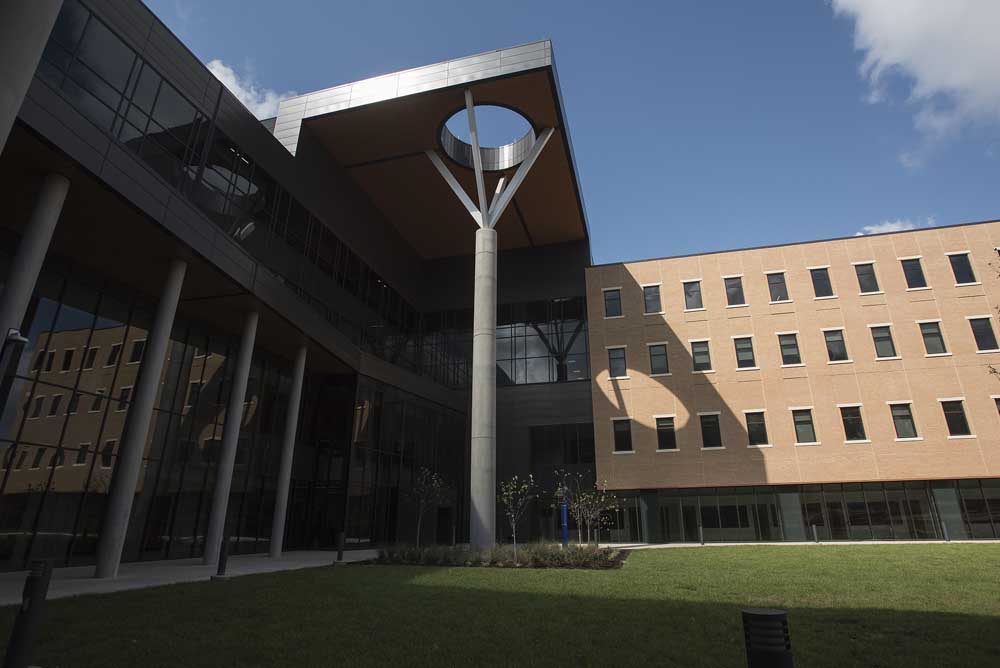By the numbers: Christmas brings jobs and increased spending to area
Published 12:00 pm Thursday, December 26, 2019

- The Soules College of Business building opened at the University of Texas at Tyler in 2018. (Sarah A. Miller/File)
Christmas typically represents a huge economic stimulus for the United States (as well as many other nations around the world) as sales increase dramatically in most of the retail categories.
The economic impact of Christmas has grown progressively throughout the United States during the past few years and is expected to continue growing in the near future.
• Holiday retail sales went from $400 billion in 2000 to over $700 billion in 2018 — a $300 billion increase, or 75% in 18 years, according to the business data platform statista.com.
• The average amount spent in retail sales by Americans during the holiday season varies from $500 to above $1,000 per person, depending on the location and polling organization. The National Retail Federation expects American consumers to spend $1,048 on average during this year’s holiday shopping.
• By state, South Carolina, Texas and Utah spend the most during the Christmas season (over $1,000 on gifts alone), according to worldat las.com.
• As a result of the holiday rush, thousands of workers are hired every year nationally during the Christmas season. In 2018, 525,000 additional employees were hired by retailers during the Christmas season, according to statista.com.
In Tyler, employment figures in the retail industry have been relatively stable the past several years. Total employment in this category fluctuates around 14,000 jobs (with peaks in the fourth quarter every year), according to data from JobsEQ by Chmura Economics.
The Hibbs Institute for Business & Economic Research has estimated the potential economic impact of the Christmas shopping season for the Tyler MSA at $147.1 million in the retail industry (additional sales) during this year’s Christmas season, based on a conservative estimate by WalletHub and using U.S. Census numbers ($639 x 230,221).
Additional sales in the retail industry during the season would generate 1,016 more jobs (732 direct, 147 indirect, and 137 induced). The direct effect refers to the initial change in demand resulting from the change in sales. Indirect effects represent all changes in the industries related to and affected by a change in the retail industry (the effects related to suppliers). Finally, the induced effects measure the impact of household spending related to changes in labor income or compensation received by workers and business proprietors for both the directly and indirectly impacted regional industries.
The sum of these three effects represents the total impact. Most likely, the institute says, retail employment figures will decline by the end of the holiday season.
Although these effects are temporary, they represent a substantial push into the overall local economy, and it is worthwhile to have a broad idea of their magnitude.
Manuel Reyes is acting director and senior research analyst of the Hibbs Institute for Business & Economic Research at the University of Texas at Tyler Soules School of Business.






